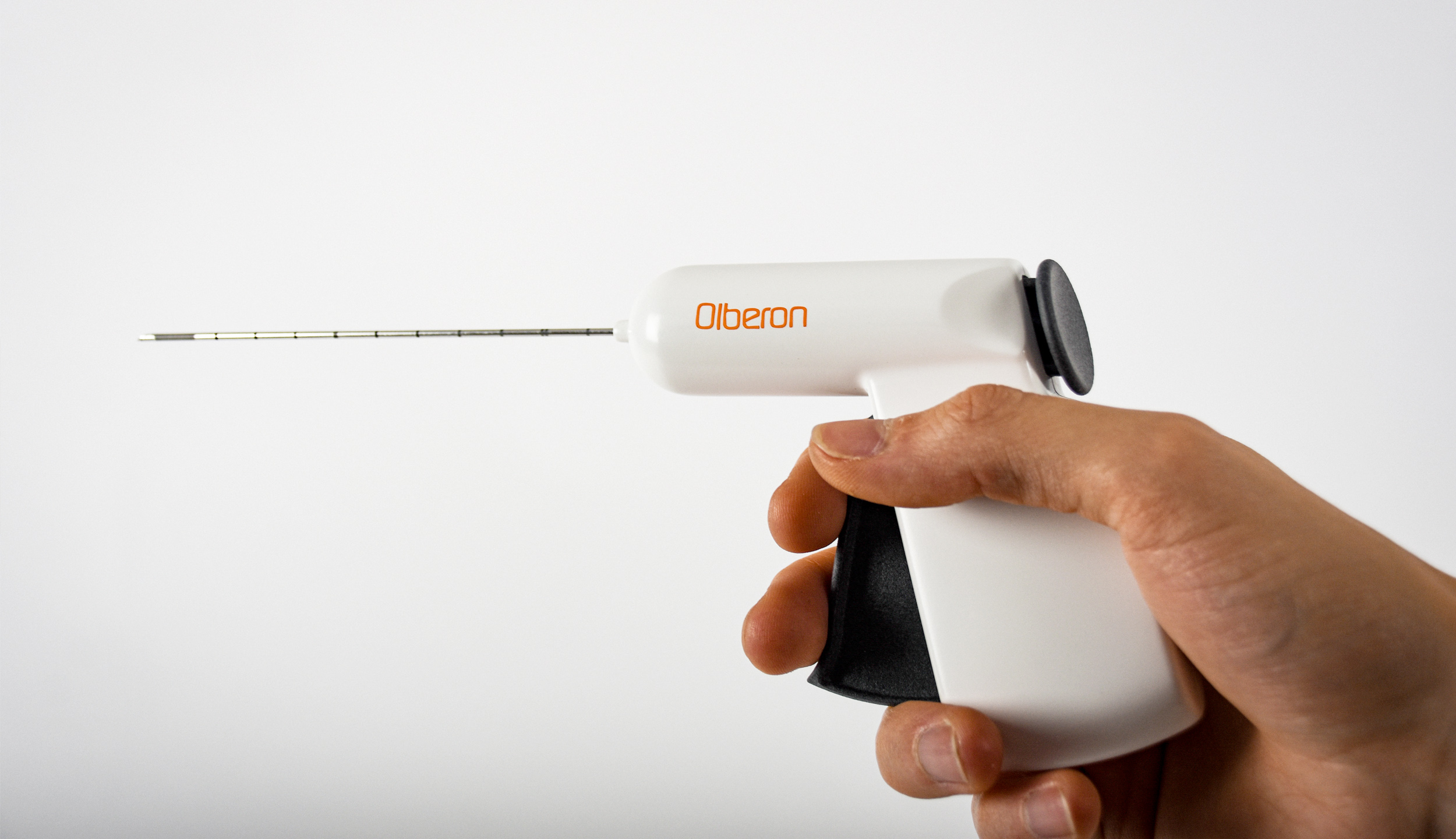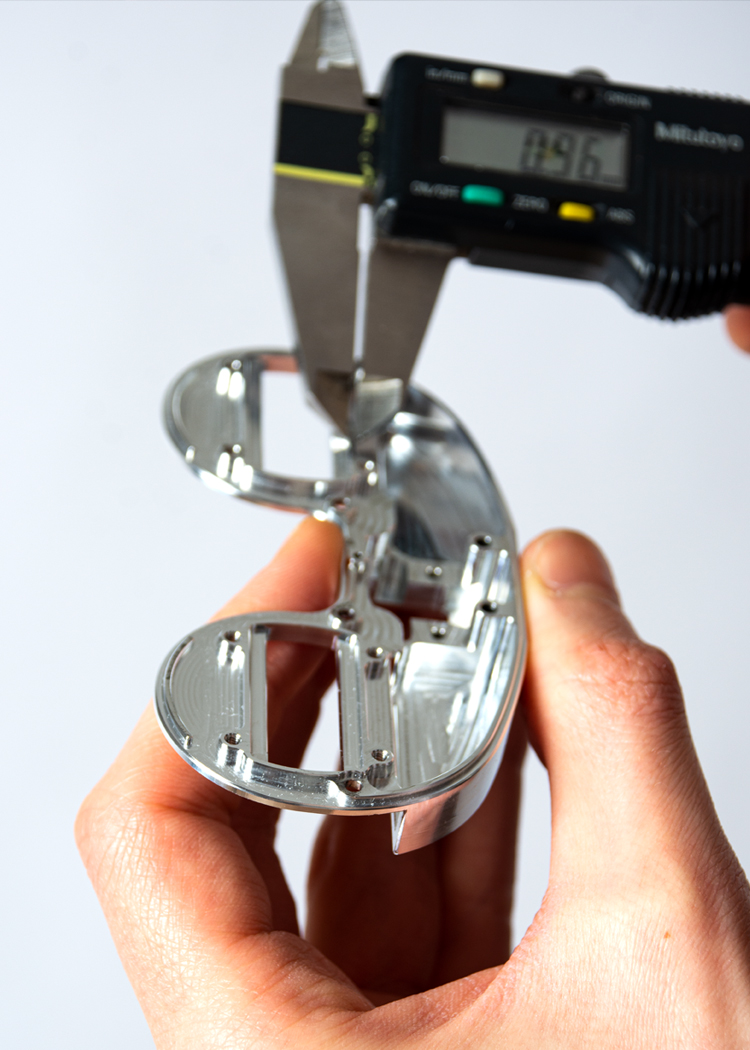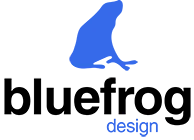What Does a Product Designer Do?

Industrial Design and Product Designers
In industrial design, product designers, often referred to as industrial designers, are the bridge between idea and product. The title ‘product designer’ has evolved and now often refers to those creating digital products, whereas ‘industrial designer’ pertains to the design of tangible manufactured products such as vehicles and tools. They take sketches and theories and turn them into real world solutions. This combination of creativity and practicality is where product designers have the most influence in the design process. They shape the look of a product and the functionality of it, so every design is not just pretty but also user centric and practical.
Table of Contents
What is a Product Designer?
Product designers in a consultancy have many responsibilities across the creative spectrum. Gaining experience in related fields such as graphic design can provide valuable skills for a future role in product design. From initial concept development to final product delivery they manage the entire product lifecycle. Their day to day tasks involve sketching initial ideas, using CAD software for detailed designs and overseeing the prototyping process. Prototyping tools are crucial for understanding user requirements and testing product features, highlighting their importance in the overall design process. They have a wide range of tools at their disposal from traditional sketching techniques to advanced digital tools to create innovative and manufacturable designs. In the product development process, product designers are involved in various stages, with their roles often expanding in smaller companies and becoming more specialised in larger organisations.
The Effect of Product Designers on Project Outcomes and User Feedback
The influence of product designers goes way beyond aesthetics. Experience in project management is crucial for overseeing and implementing projects successfully. Project managers play a key role in overseeing design processes and collaborating with various teams. Through case studies, you can see the direct impact of their work on multiple projects. Product designers work closely with engineers, marketers, and other stakeholders to refine and improve designs. This collaborative approach, involving regular engagement with the product manager to discuss ideas and prioritise issues, ensures the final product meets and exceeds market expectations and solves user problems. Product managers often earn more than product designers, indicating their value and importance within the industry.
Challenges for Product Designers
Despite being so important, product designers face many challenges. Showcasing client projects in a product designer’s portfolio is essential to demonstrate their skills and experience. In a consultancy environment, these might include tight project timelines, client demands, and the need to innovate constantly. Overcoming these challenges requires a deep understanding of design principles and user needs and the ability to adapt and iterate fast. Agile design processes, user research, and user feedback loops are common ways to navigate these challenges.
Future of Product Design
Looking forward the world of product design will change dramatically with the emergence of AI and 3D printing. Career paths in design can lead to senior roles, including that of a creative director, showcasing the progression and importance of leadership within creative and design-related fields. These will make the design process even more efficient and introduce new ways of creating user-centric designs. Staying up to date with these trends is key for product designers to stay ahead in a fast-moving industry.
Human Factors in Your Design Strategy
Including human factors in your design strategy is key to creating products that are functional, intuitive and accessible. Journey maps are essential in understanding user experiences and needs, helping designers craft user-centric designs while balancing business objectives. This means understanding the end user’s physical and cognitive abilities and how they will use the products. Techniques like ergonomic assessments and user testing are key to this process to ensure the products are designed with user comfort and efficiency in mind.
Conclusion
Product designers are the backbone of any industrial design consultancy, they have the skills and knowledge to turn ideas into successful market ready products. As the industry evolves their role will grow and they will need to adapt and learn. If you want to get into this fast moving industry understanding the scope and depth of this role and committing to ongoing professional development is key.
View more of our Product Development Services
If you would like to hear more on how we can improve the quality of your products or help with your product development, please contact Bluefrog Design at mail@bluefrogdesign.co.uk
FAQ’s on What Product Designers Do?
What skills do product designers in an industrial design consultancy need?
Product designers need a mix of creative and technical skills including CAD skills, material knowledge and an eye for aesthetics and market trends.
How do product designers in consultancies work with others?
They often work with engineers, marketers and UX designers to ensure the product is feasible, meets market needs and is user centric.
What are the career prospects for product designers in industrial design firms?
Career prospects are good, working on many different projects across many industries and often leading to design management or specialisation in specific product types.
Ready to get started on a project?
Socials




